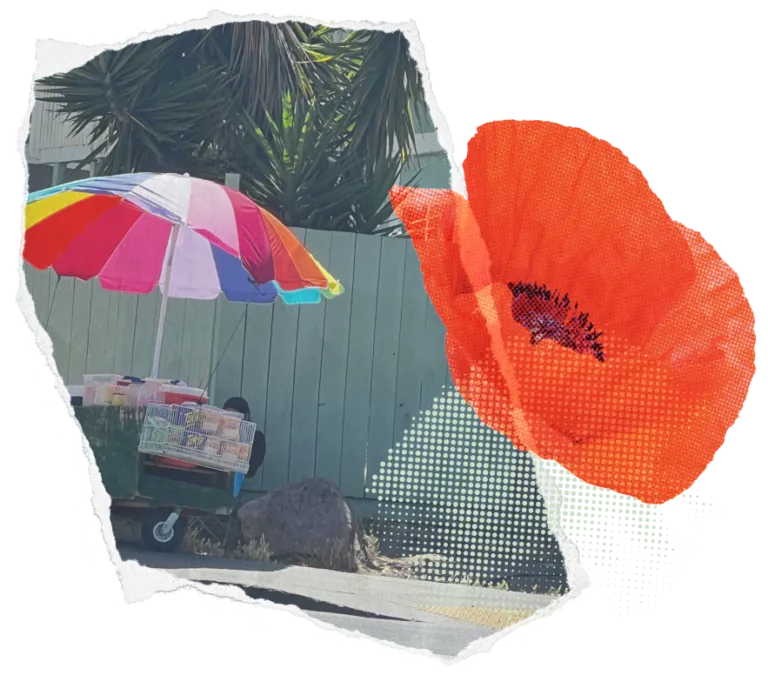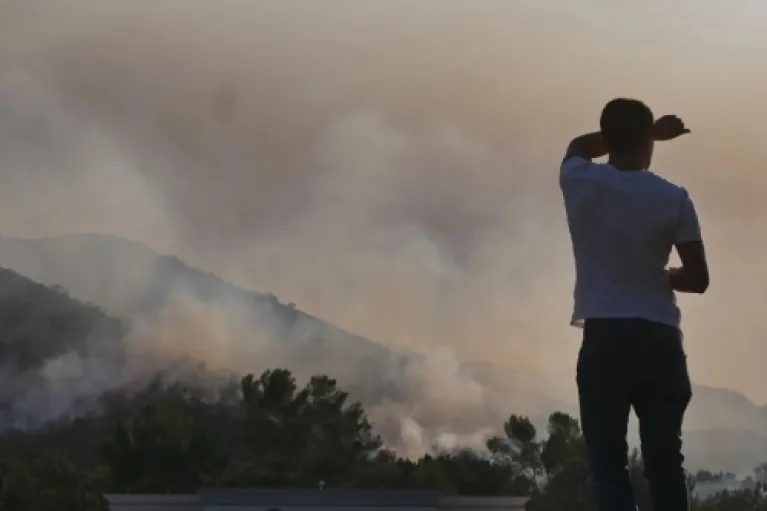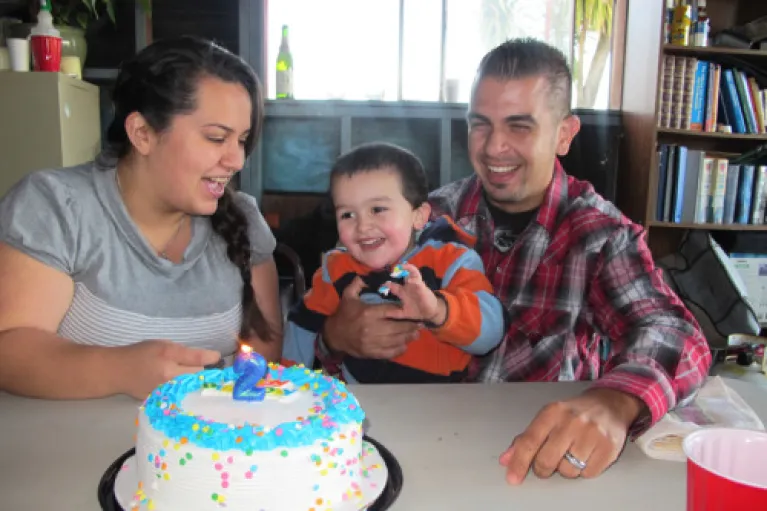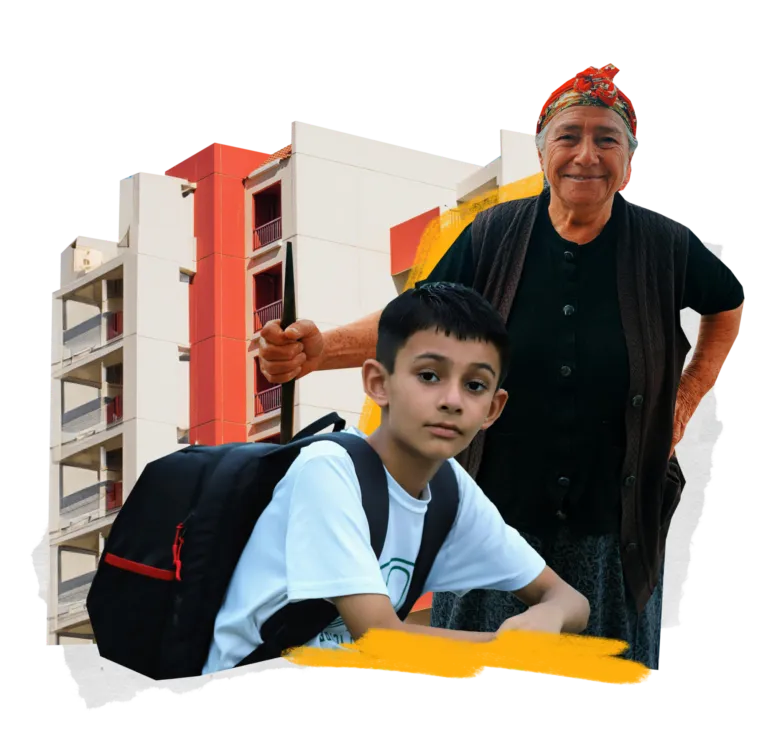The Canal
Tight knit. Diverse. Rich in culture and entrepreneurialism.
Isolated. Overcrowded. Low income. Unsafe.
The truth of the Canal district of San Rafael is complicated.
the gateway to Marin
Google “Canal District San Rafael” and the top hit is “Most Segregated Neighborhood in the Bay Area”.
The tract of land bounded by San Francisco Bay and highway 101 is known as the immigrant gateway in Marin, serving as a first stop for a diverse Latino population. Approximately 80% of the residents are from Mexico, Guatemala, Salvador and a mix of other Central American countries.
While census data approximates that 12,000 people live in the 2.5 square mile area, community leaders suggest that the true number is somewhere between 13,000-15,000, due to multiple families often sharing living space.
Which raises the first, and biggest, challenge facing the community: housing. Or the lack of it, particularly affordable. 75% of residents rent and fully half experience overcrowding, often with three families living in one apartment. Housing is incredibly hard to find in the Canal, and residents spend a disproportionately large portion of their income on housing costs. Forced evictions are common.
35% of folks in the Canal are living in poverty, with a majority of households earning between $35,000 to $75,000 per year. Most residents work in low wage jobs, often in the service industry or trades. Many work more than one job. Skipping a meal is a daily reality for nearly half of the residents.
While 93% of Marin County youth earn a high school diploma, only 43% of Canal residents do so. Language barriers, limited technology access and few opportunities to enjoy healthy outdoor activities means that life for youth in the Canal does not match up to other children in the county.
Healthcare access is another critical issue, with residents often lacking insurance or relying on overstretched public health services. The community faces higher rates of chronic diseases and health conditions exacerbated by housing instability and food insecurity.
As threats from a changing climate increase, residents of the Canal are vulnerable to environmental hazards like flooding and poor air quality. It is estimated that, by the end of this century, this neighborhood could flood regularly, displacing residents and impacting the local infrastructure of schools, health care clinics, housing, and commercial business.





